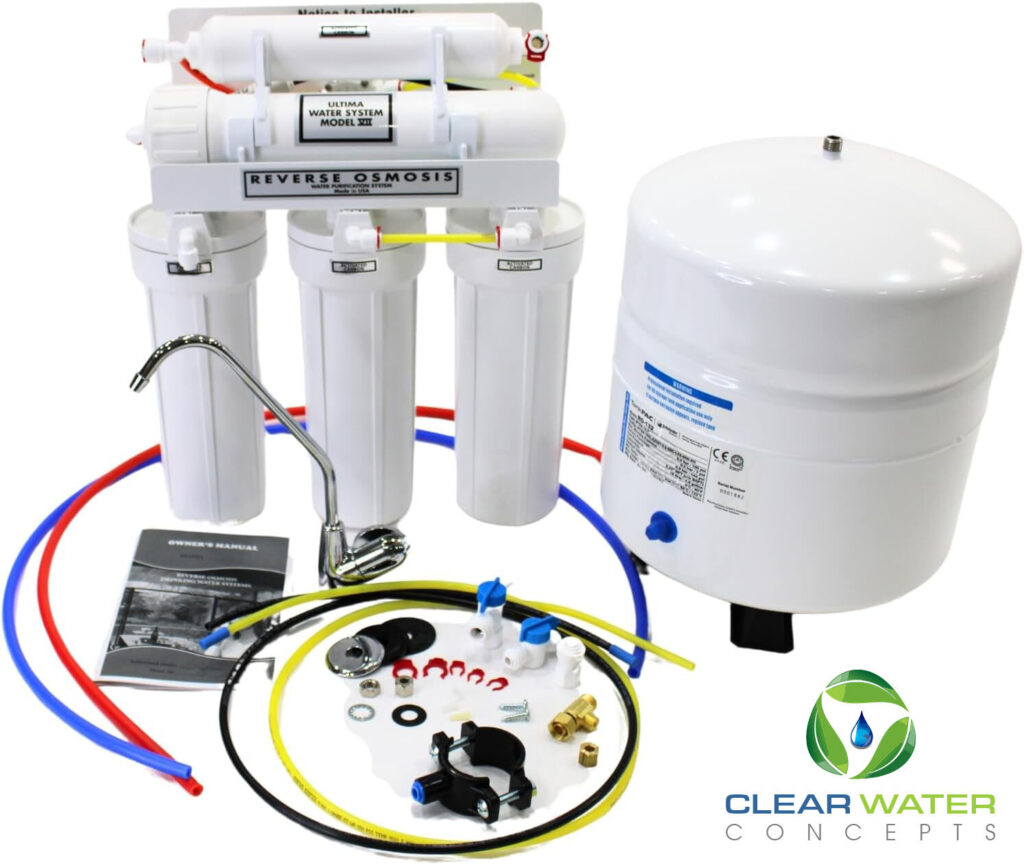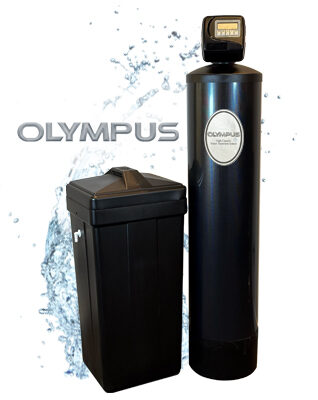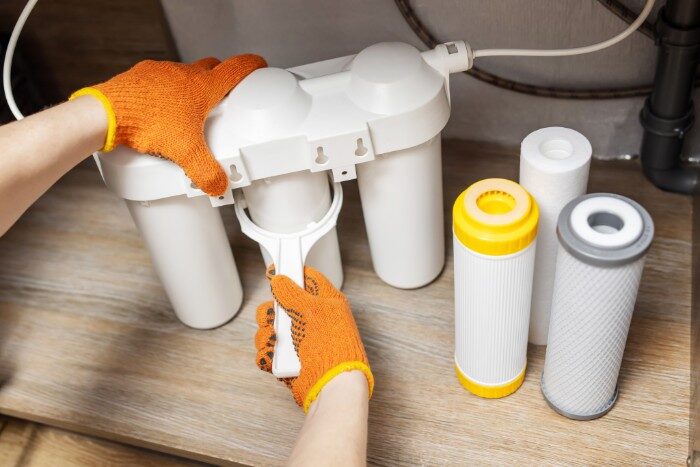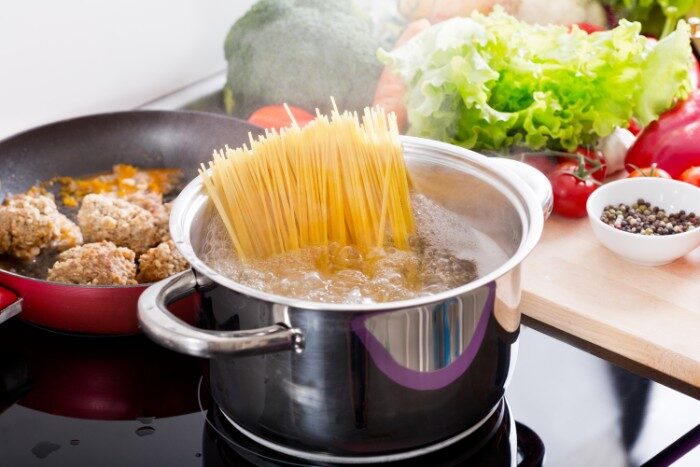
Are you struggling to decide between a reverse osmosis system and a water softener for your home? With so many water treatment options available, it can be overwhelming to figure out which system best suits your needs. Both reverse osmosis (RO) systems and water softeners are effective at improving water quality, but they serve very different purposes. In this guide, we’ll break down how each system works, what problems they solve, and whether you might benefit from using one—or even both.
Reverse Osmosis vs. Water Softener – What’s the Difference?
Understanding the fundamental differences between reverse osmosis systems and water softeners is the first step in making an informed decision.
What Does a Water Softener Do?

A water softener addresses hard water, which contains high levels of calcium and magnesium. These minerals can cause scale buildup in your pipes, appliances, and fixtures, reducing their efficiency and lifespan.
Water softeners use an ion exchange process to remove these hard water minerals:
- Hard water flows into the water softener, where it passes over resin beads.
- The resin beads replace calcium and magnesium ions with sodium or potassium ions.
- The softened water flows into your home, leaving behind the hard minerals in the resin beads.
- During regeneration, the system flushes the resin beads with a brine solution to restore their ability to soften water.
Key Benefits of a Water Softener
- Prevents scale buildup in plumbing and appliances
- Improves soap and detergent effectiveness
- Leaves your skin and hair feeling softer
- Protects water-using appliances like dishwashers and washing machines
However, water softeners don’t remove other impurities, such as chlorine, bacteria, or heavy metals. For that, you’ll need a reverse osmosis system.
What Does a Reverse Osmosis System Do?

Reverse osmosis is a filtration system designed to remove contaminants and impurities from your water. Unlike a water softener, which focuses on hard water minerals, reverse osmosis eliminates a broad range of substances, including:
- Chlorine
- Lead
- Arsenic
- Nitrates
- Fluoride
- Bacteria and viruses
The reverse osmosis process works through multiple filtration stages:
- Pre-filtration removes larger particles like sediment and chlorine.
- The RO membrane filters out dissolved contaminants, including harmful chemicals and heavy metals.
- Post-filtration polishes the water to improve taste and odor.
Key Benefits of Reverse Osmosis
- Provides pure, clean drinking water
- Removes up to 99% of harmful contaminants
- Improves taste and odor of water
- Ideal for cooking and beverages
One common misconception is that reverse osmosis softens water. While an RO system removes some calcium and magnesium, it is not designed to address hard water issues like scale buildup. This is where a water softener comes into play.
Does Reverse Osmosis Soften Water?

The short answer is no—reverse osmosis does not soften water in the same way a water softener does. While the RO membrane may remove some hard water minerals, it’s not intended to handle the high concentration of calcium and magnesium found in very hard water. If your home has hard water, an RO system alone won’t prevent scale buildup in your pipes or appliances.
However, a reverse osmosis system and a water softener can complement each other:
- The water softener removes hard water minerals, protecting your plumbing and appliances.
- The reverse osmosis system filters out other impurities, ensuring your drinking water is clean and safe.
By combining these systems, you get the best of both worlds—softened water for your home and purified water for drinking and cooking.
Water Softener vs. Reverse Osmosis: Which One Do You Need?

To determine which system is right for you, consider the specific water issues you’re facing and your household needs.
Choose a Water Softener If:
- You live in an area with hard water.
- You notice scale buildup on faucets, showerheads, or appliances.
- Your skin feels dry or your hair feels brittle after bathing.
- Your soap or detergent doesn’t lather well.
- You want to protect your plumbing and appliances from hard water damage.
A water softener is ideal for addressing hard water issues and making everyday tasks like cleaning, bathing, and doing laundry more effective and enjoyable.
Choose a Reverse Osmosis System If:
- You’re concerned about the safety of your drinking water.
- Your water has an unpleasant taste or odor.
- You want to remove harmful contaminants like lead, arsenic, or nitrates.
- You’re looking for purified water for drinking, cooking, or making beverages.
A reverse osmosis system is perfect for homeowners who want clean, great-tasting water without harmful impurities.
Consider Both Systems If:
- You have hard water and want purified drinking water.
- You’re looking for comprehensive water treatment for your entire home.
- You want to ensure both your plumbing and your family’s drinking water are safe and high-quality.
Comparing Reverse Osmosis and Water Softeners
Here’s a quick comparison of the two systems:
| Feature | Water Softener | Reverse Osmosis System |
|---|---|---|
| Purpose | Removes hard water minerals | Removes contaminants and impurities |
| Improves Water for | Plumbing, appliances, skin, and hair | Drinking, cooking, and beverages |
| Key Technology | Ion exchange | Multi-stage filtration |
| Targeted Contaminants | Calcium, magnesium | Lead, chlorine, bacteria, and more |
| Primary Benefit | Prevents scale buildup | Provides clean, purified water |
| Limitations | Does not purify drinking water | Does not prevent scale buildup |
Cost Considerations
The cost of installing and maintaining these systems varies based on the type and size of the unit:
Water Softeners:
- Installation costs: $500–$2,500
- Maintenance: Regular salt refills and occasional cleaning
Reverse Osmosis Systems:
- Installation costs: $200–$1,500 (for under-sink systems) or more for whole-house systems
- Maintenance: Annual filter and membrane replacement
While both systems have upfront and ongoing costs, combining them can save money in the long run by protecting your plumbing and ensuring your family’s health.
Maintenance Requirements

Water Softener Maintenance:
- Refill the brine tank with high-quality salt as needed.
- Clean the brine tank every 6–12 months to prevent salt bridging.
- Schedule annual inspections to check for wear and tear.
Reverse Osmosis Maintenance:
- Replace pre-filters and post-filters annually.
- Replace the RO membrane every 2–3 years.
- Check for clogs or leaks in the system regularly.
Proper maintenance ensures both systems operate efficiently and provide consistent results.
Why a Combination System Might Be the Best Option

For households that experience both hard water and concerns about drinking water quality, combining a reverse osmosis system with a water softener offers the ultimate solution. The water softener tackles hard water issues throughout your home, while the reverse osmosis system delivers purified water from a designated tap for drinking and cooking. Together, these systems ensure your water is clean, safe, and free of hard water damage.
Find the Right Water Treatment Solution for Your Home
Deciding between a reverse osmosis system and a water softener ultimately depends on your specific water issues. If hard water is your main concern, a water softener will protect your plumbing and appliances. If you’re focused on drinking water quality, a reverse osmosis system is the better choice. And for comprehensive water treatment, consider using both systems together for the best results.

Still unsure which system is right for you? Contact Clear Water Concepts today for expert advice and customized solutions. Our team can help you test your water, evaluate your needs, and install the perfect system to improve your home’s water quality. Don’t wait—take the first step toward cleaner, healthier water today!


